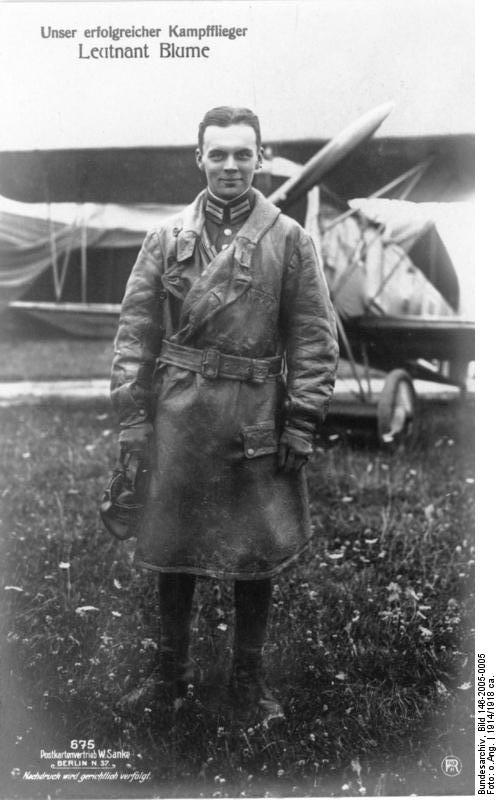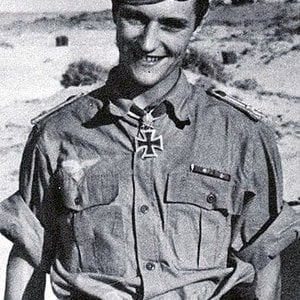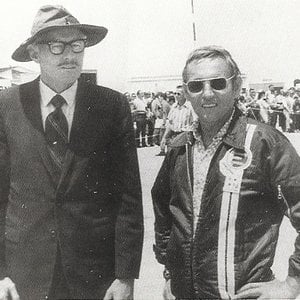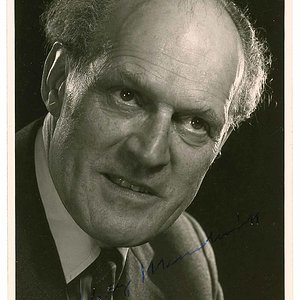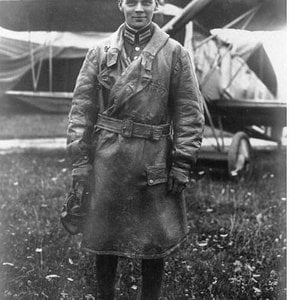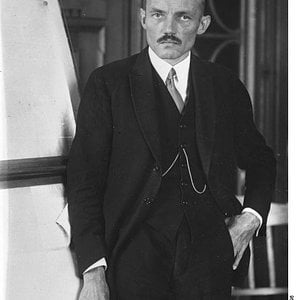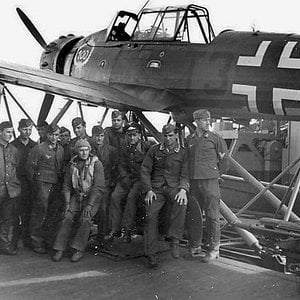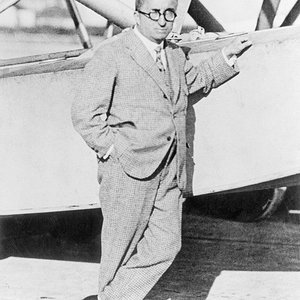Navigation
Install the app
How to install the app on iOS
Follow along with the video below to see how to install our site as a web app on your home screen.
Note: This feature may not be available in some browsers.
More options
You are using an out of date browser. It may not display this or other websites correctly.
You should upgrade or use an alternative browser.
You should upgrade or use an alternative browser.
Walter Blume (10 January 1896 – 27 May 1964) was a German fighter ace of World War I[1] and aircraft designer.
During World War I, he flew with Jastas 26 and 9, gaining 28 aerial victories and earning the Iron Cross and Blue Max Pour le Merite.[1]
Contents
[hide] 1 Early life and World War I service
2 Post war and World War II
3 Inline citations
4 References/External links
[edit] Early life and World War I service
He was born in Hirschberg, Silesia, and originally served in the 5th Silesian Jaeger Battalion in September 1914. After being wounded early in the conflict, he trained as a pilot in June 1915. He began his flying career in two-seater Avatik aircraft with F. Fl. Ablt. 65 from 18 June 1916 through 20 January 1917. He received an Iron Cross Second Class during this time, on 24 July 1916. He then successfully asked for a transfer to flying single-seat fighters for Jasta 26 in January 1917.[2]
He scored his first victory for Jasta 26 on 10 May 1917. On 14 August, he received the Iron Cross First Class.[3] He became an ace on 24 October 1917, and on 29 November 1917 received a serious chest wound in combat[1] with No. 48 Squadron Bristol Fighters. He was hospitalised for over 3 months.
On 5 March 1918, Blume returned to active duty, commanding Jasta 9.[4] He scored a further 22 victories, all with his new unit. With the exception of double scores on 31 August 1918 and 14 September 1918, he accumulated his successes singly, mostly fighters. Only four of his victories were over two-seater aircraft.[1] He flew in both Albatros fighters and the Fokker D.VII.
Blume was awarded the Pour le Merite on 2 October 1918, the same day as his 27th and penultimate victory.[5]
He resigned from military service on 15 January 1919.[3]
[edit] Post war and World War II
After World War I, he remained in aviation. He trained as a aeronautical engineer at the Technical University at Hanover, and subsequently joined the German Arado Flugzeugwerke in the mid 1920s. He was involved in the design of the Arado Ar 96 and also the Ar 95. In early 1933, he was appointed Chief Design Engineer of Arado Flugzeugwerke. Over the next 10 years he was responsible for the design of the world's first jets, such as the Ar 234 Jet Twin-Jet reconnaissance aircraft, which he saw through its development in several different prototypes and finally to the Twin-Jet bomber which was assigned the name Ar 234d Blitz.[3] Towards the end of World War II he led the Arado Design team to upgrade the Ar 234 to a Four-Jet Bomber variant but which only reached "Proof of Concept" form.[6] He attempted to revive one of his designs for Arado as a light civil aircraft, the Blume Bl.502, but met with no commercial success.
After the German surrender he was captured by the Russian Army and taken to Russia where for several years he helped develop their fledgling jet aircraft program.
[
During World War I, he flew with Jastas 26 and 9, gaining 28 aerial victories and earning the Iron Cross and Blue Max Pour le Merite.[1]
Contents
[hide] 1 Early life and World War I service
2 Post war and World War II
3 Inline citations
4 References/External links
[edit] Early life and World War I service
He was born in Hirschberg, Silesia, and originally served in the 5th Silesian Jaeger Battalion in September 1914. After being wounded early in the conflict, he trained as a pilot in June 1915. He began his flying career in two-seater Avatik aircraft with F. Fl. Ablt. 65 from 18 June 1916 through 20 January 1917. He received an Iron Cross Second Class during this time, on 24 July 1916. He then successfully asked for a transfer to flying single-seat fighters for Jasta 26 in January 1917.[2]
He scored his first victory for Jasta 26 on 10 May 1917. On 14 August, he received the Iron Cross First Class.[3] He became an ace on 24 October 1917, and on 29 November 1917 received a serious chest wound in combat[1] with No. 48 Squadron Bristol Fighters. He was hospitalised for over 3 months.
On 5 March 1918, Blume returned to active duty, commanding Jasta 9.[4] He scored a further 22 victories, all with his new unit. With the exception of double scores on 31 August 1918 and 14 September 1918, he accumulated his successes singly, mostly fighters. Only four of his victories were over two-seater aircraft.[1] He flew in both Albatros fighters and the Fokker D.VII.
Blume was awarded the Pour le Merite on 2 October 1918, the same day as his 27th and penultimate victory.[5]
He resigned from military service on 15 January 1919.[3]
[edit] Post war and World War II
After World War I, he remained in aviation. He trained as a aeronautical engineer at the Technical University at Hanover, and subsequently joined the German Arado Flugzeugwerke in the mid 1920s. He was involved in the design of the Arado Ar 96 and also the Ar 95. In early 1933, he was appointed Chief Design Engineer of Arado Flugzeugwerke. Over the next 10 years he was responsible for the design of the world's first jets, such as the Ar 234 Jet Twin-Jet reconnaissance aircraft, which he saw through its development in several different prototypes and finally to the Twin-Jet bomber which was assigned the name Ar 234d Blitz.[3] Towards the end of World War II he led the Arado Design team to upgrade the Ar 234 to a Four-Jet Bomber variant but which only reached "Proof of Concept" form.[6] He attempted to revive one of his designs for Arado as a light civil aircraft, the Blume Bl.502, but met with no commercial success.
After the German surrender he was captured by the Russian Army and taken to Russia where for several years he helped develop their fledgling jet aircraft program.
[

